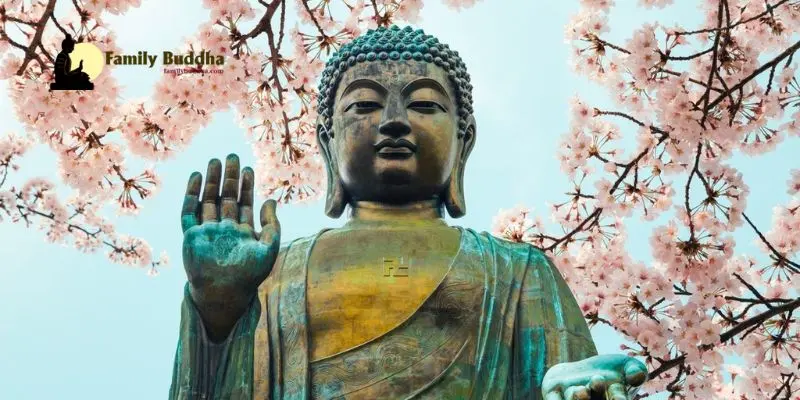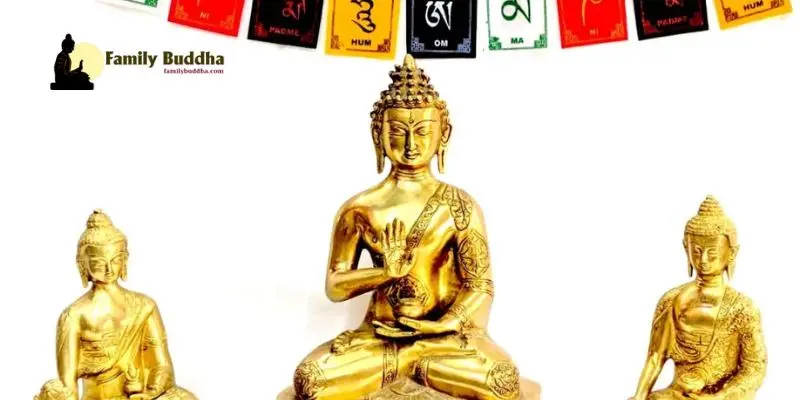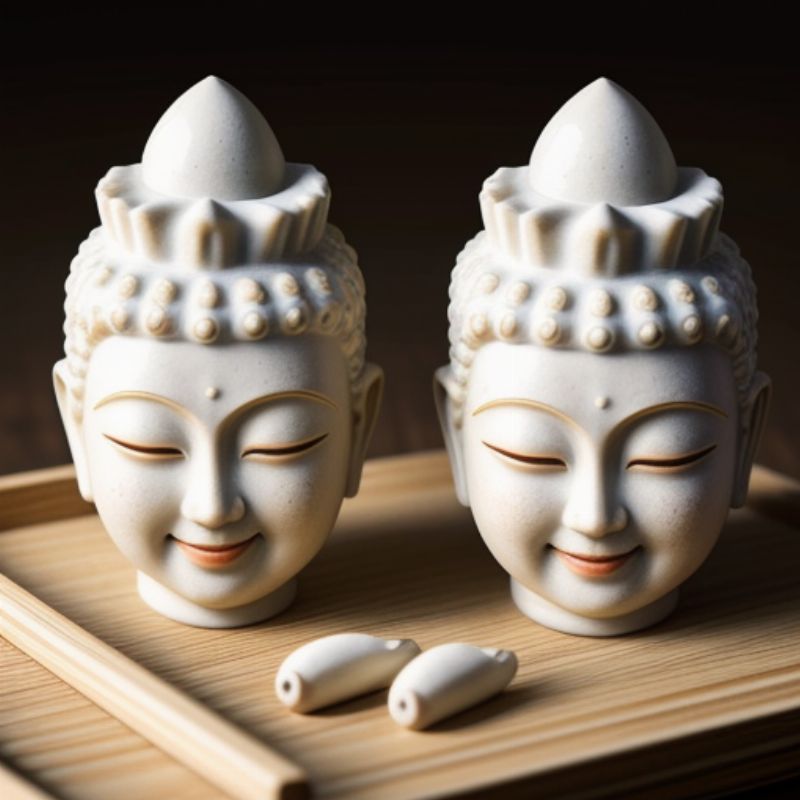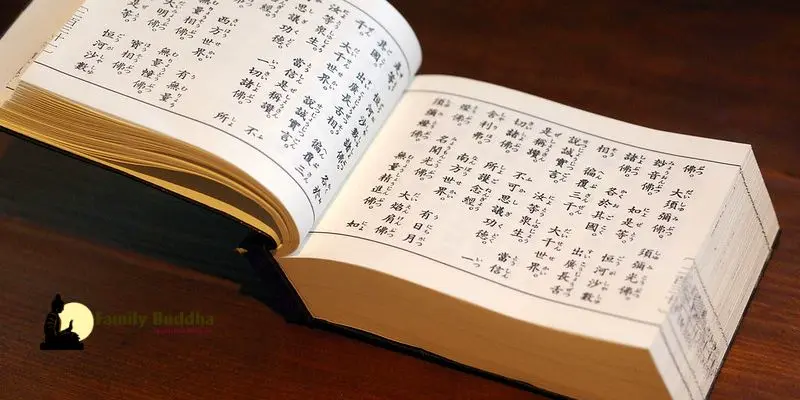“Just like ripples in a pond, our actions have consequences that spread far and wide.” This ancient Vietnamese proverb holds a profound truth that resonates deeply with the teachings of Buddhism. A Buddha board, with its ephemeral canvas, serves as a tangible reminder of this principle and offers a unique path towards mindfulness and inner peace.
The Allure of the Buddha Board: A Canvas for Tranquility
What is a Buddha Board?
In a world consumed by the digital, the Buddha board offers a refreshing return to simplicity. This mindful tool consists of a board, typically made of wood, bamboo, or ceramic, and a brush. But unlike traditional canvases, the Buddha board doesn’t hold onto your creations. Dip the brush in water and let your thoughts flow onto its surface. As the water evaporates, your art gently fades, leaving a clean slate for new beginnings.
Why are Buddha Boards so Popular?
The appeal of the Buddha board lies in its elegant embodiment of Buddhist principles.
- Impermanence: The fleeting nature of the art mirrors the Buddhist concept of impermanence (anicca), reminding us that nothing lasts forever.
- Mindfulness: The act of painting and watching your creation fade encourages you to be present in the moment, fostering mindfulness.
- Detachment: Letting go of your art as it disappears helps cultivate a sense of detachment, freeing you from attachment to outcomes.
Buddha Board Ideas: More Than Just a Blank Canvas
While the beauty of the Buddha board lies in its simplicity, don’t be afraid to explore its creative potential! Let your intuition guide your brushstrokes, or delve into these inspiring ideas:
1. Calligraphy and Mandalas: Practice mindful calligraphy by writing inspiring quotes, mantras, or sutras. The symmetrical beauty of mandalas offers a meditative focus.
2. Nature’s Serenity: Channel the tranquility of nature by painting serene landscapes, delicate flowers like the lotus (a symbol of purity and enlightenment), or bamboo forests (representing resilience and flexibility).
3. Buddhist Symbols: Explore the rich symbolism of Buddhism. Paint the Dharmachakra (Wheel of Dharma), representing the Buddha’s teachings, or the endless knot, symbolizing the interconnectedness of all things.
4. Intentions and Affirmations: Start your day with purpose by writing down your intentions or positive affirmations on the board. As your words fade, visualize them being released into the universe.
5. Meditative Art: Allow your brush to move intuitively across the surface, creating abstract art that reflects your inner state.









